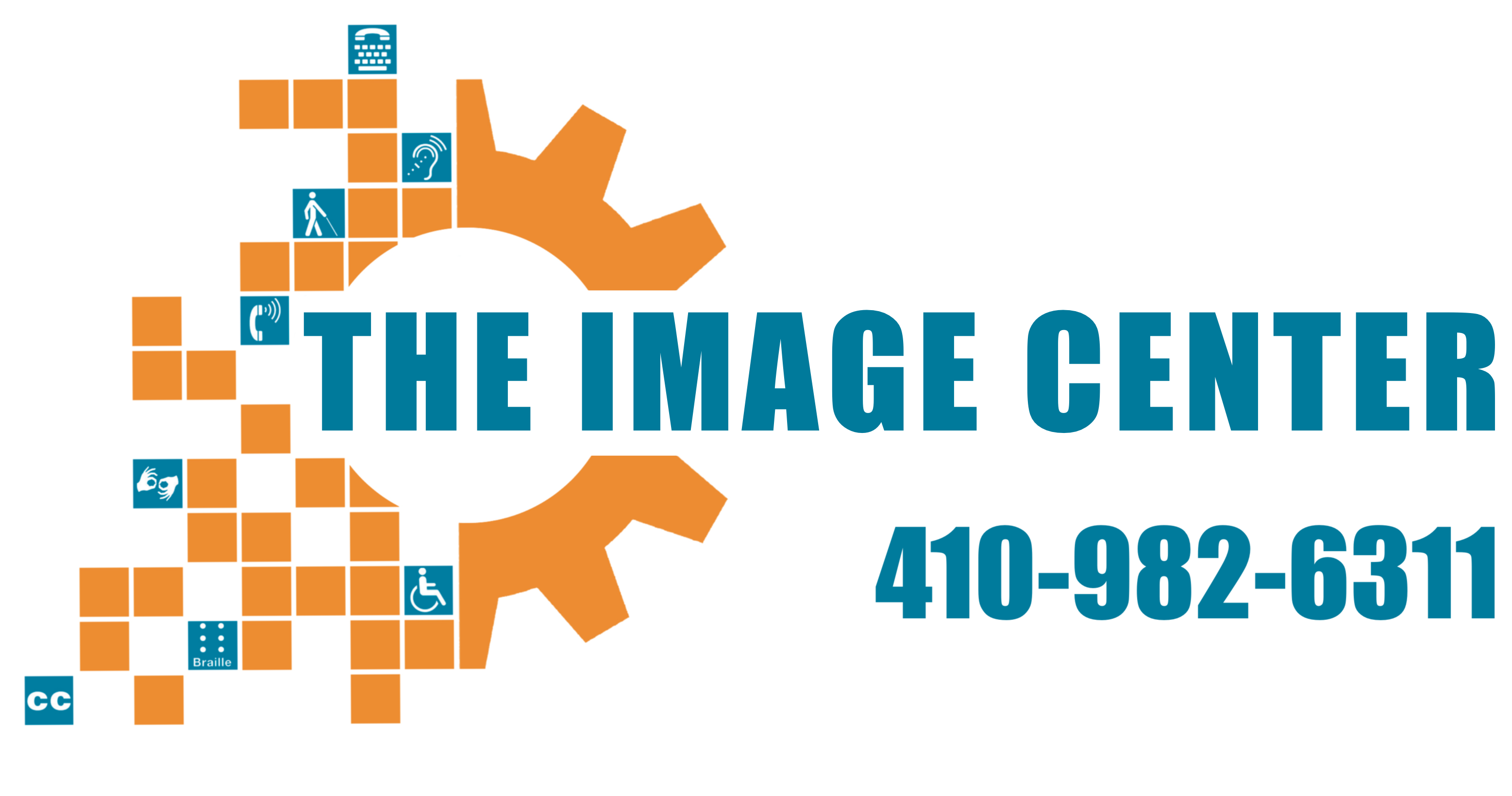Omnipotent October Omnipotent is one of our favorite “O” words, and it helps us to celebrate the month of October with alliteration. Omnipotent means “all-powerful,” and we recognize that none of us can (or even want to be) all-powerful. Nevertheless, we all could use a bit more power at times. October brings us many blindness-related […]
Category: Orientation and Mobility
Jet Setting July This month, we explore multiple means of travel and our rights when out in our communities. From walking with canes and dogs to traveling in automobiles, planes, trains, buses, and more, please join us as we get ready to jet-set this July. Use our up-to-date Bridges Resource Library to check out the […]
Jet Setting July This month, we explore multiple means of travel and our rights when out in our communities. From walking with canes and dogs to traveling in automobiles, planes, trains, buses, and more, please join us as we get ready to jet-set this July. Use our up-to-date Bridges Resource Library to check out the […]
Jet Setting July This month, we explore multiple means of travel and our rights when out in our communities. From walking with canes and dogs to traveling in automobiles, planes, trains, buses, and more, please join us as we get ready to jet-set this July. When traveling by air, some of our rights are different […]
Jet Setting July This month, we explore multiple means of travel and our rights when out in our communities. From walking with canes and dogs to traveling in automobiles, planes, trains, buses, and more, please join us as we get ready to jet-set this July. Rideshares (Uber, Lyft, etc.) and traditional taxicab companies provide easy […]
